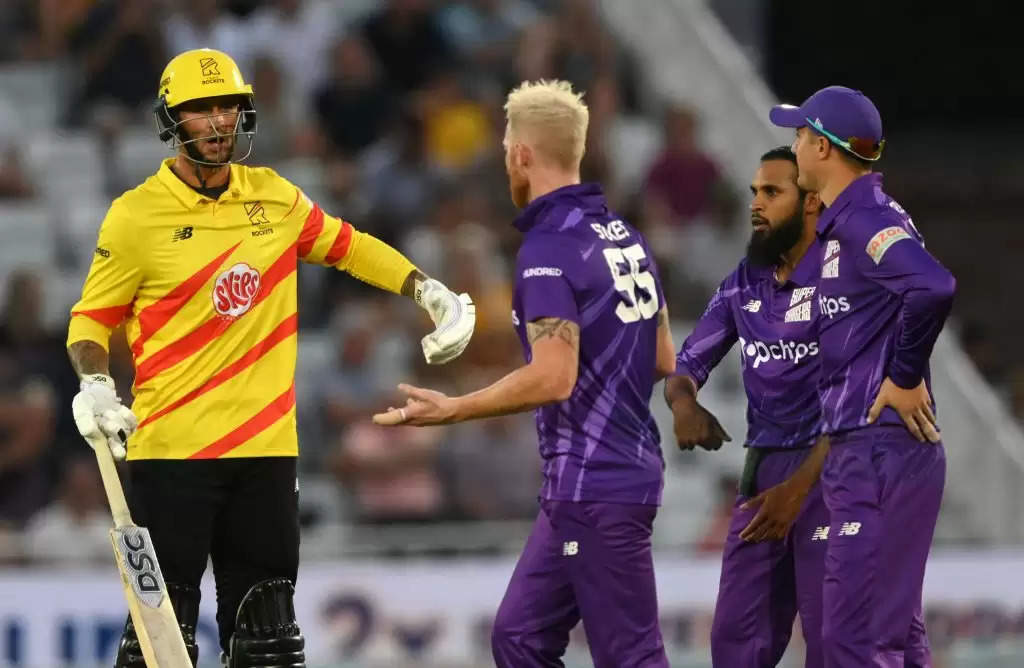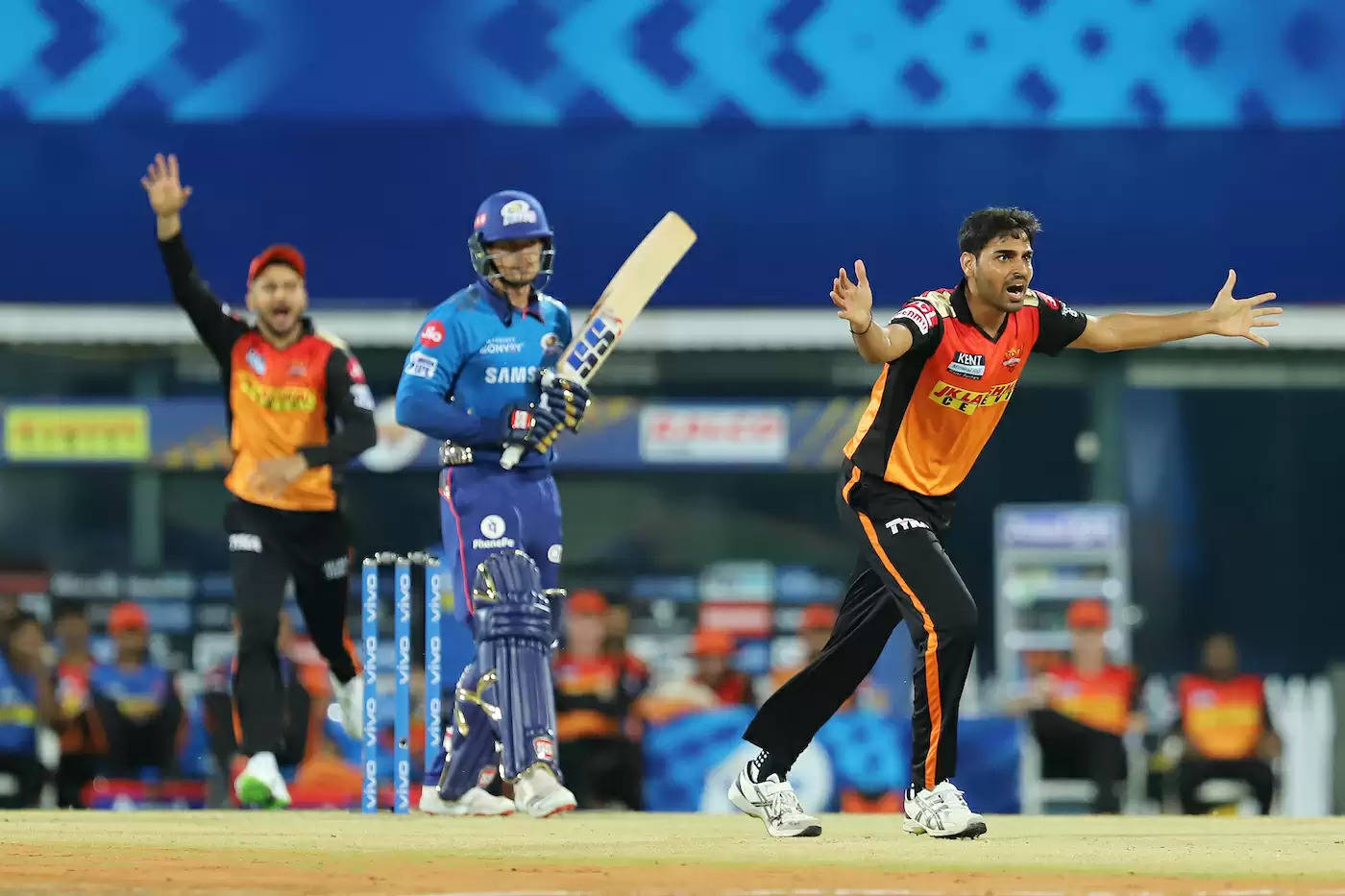Can the IPL borrow this rule from The Hundred?

Among all of the unique set of playing conditions that The Hundred follows, two are aimed primarily at ensuring faster on-field action and leaving nothing to be desired in terms of over-rates.
The Hundred has change of ends only after a set of 10 deliveries are completed and makes it necessary for teams to finish their matches in two and a half hours.
The idea doesn’t just allow the games to finish on time but also makes sure one game doesn’t over-run into the other on the days when the double-headers are arranged.

The Hundred, since its inception, has focused resolutely on offering quicker on-field display to fans than even a T20 game and these two playing conditions help execute that.
At a time when many of the more established leagues in the world have multiple instances of over-rate breaches, The Hundred, in its early days at least, has stood out.
It would be ideal for fans if other leagues also up their game on this front and be more considerate of the timings, but can they realistically adopt the same regulations? Can the Indian Premier League (IPL) follow the cut-off time regulation of The Hundred?

Can IPL matches finish as early as they do in The Hundred?
Why IPL can’t adopt the cut-off rule followed in The Hundred
To ensure faster play, The Hundred also has only one strategic timeout of two minutes per innings, unlike the IPL, where we have witnessed two strategic timeouts per innings – four every game – with each of those of two and half minutes.
However, to think that it is ignorant on the IPL’s part to not prioritise the timings and faster play would be wrong. It’s about accepting firstly that the IPL is a completely different league than its 100-ball counterpart based in UK, with entirely different goals and ambitions since its very beginning.
The IPL is a billion-dollar product today, which has been possible only because of the constant support of the broadcasters and sponsors that have invested heavily into it. To cater to them and provide them rightful returns on their investment is not just a responsibility but a necessity for the IPL to grow itself and for its stakeholders, including the franchises, to sustain themselves.
This is why it is unthinkable for the IPL to have a reduced number of change of ends and timeouts and also a cut-off timing of say three hours (since it’s T20). And it’s not that the IPL has done nothing in recent years to resolve the issue of games lasting beyond the ideal timings and over-running into each other.
Earlier this year, the BCCI implemented a more stringent over-rate regulation, making teams liable to face a heavy fine if they don’t complete the 20th over of the innings by the 90th minute. Previously, teams could start the 20th over as late as the 90th minute but now that is the point where they must finish their bowling quota.
But that’s the maximum the IPL can do to resolve the over-rate issue because of one primary reason specified above. The Hundred, unlike the IPL, is followed on a free-to-air channel across UK and doesn’t at all match its Indian counterpart in terms of the value of its broadcasting and sponsorship deals. With less pressure to fulfil the financial responsibilities, The Hundred can retain its character without hindrances and continue producing faster on-field action than seen elsewhere.

